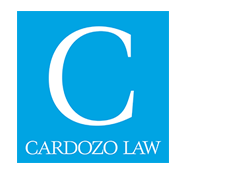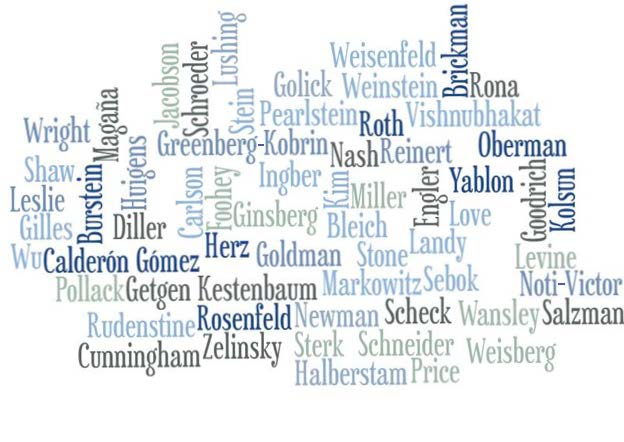Publication Date
2004
Journal
University of Toledo Law Review
Abstract
At first blush, Grutter appears to be a deviation from the body of the Court's recent affirmative action jurisprudence: it says "yes" where the other cases said "no." But it is not so clear that Grutter is a deviation from current law. Instead, it might be seen as consistent with it, in that the justification for the racial preference recognized in Grutter transcended the justifications offered in the previous cases, and the method used to achieve that end, "race as a factor," diffused rather than highlighted race. From this perspective, Grutter addressed several concerns that had troubled the Court for many years, reorientating the affirmative action problem away from explicitly addressing the harms experienced by minority group members toward a more prospective orientation which asks: what's best for the country moving forward? Grutter thus answered the question of how it might be possible to sustain an affirmative action plan once it was clear that strict scrutiny applied. The answer is by reliance on the same underlying rationale that was recognized in Brown: the importance of racial integration to American society.
Thus, Grutter might be understood as this generation's Brown v. Board of Education because it managed to reinvigorate the judicial commitment to affirmative action (which is after all the preeminent civil rights policy of our time) by a clear commitment to the same abstract principle that commanded the Court in Brown: racial integration. At the same time, the Grutter Court used essentially the same analytical process--commitment to high ideal, refrain from detail-that was favored in Brown. Both cases, then, are examples of equal protection jurisprudence on the level of high theory. The animating rationale in each is an abiding belief in the importance of race mixing or diversity for society's sake. They are both prospective, rather than retrospective decisions. But, of course, if this is true, the question that remains to be answered, particularly given the Grutter Court's twenty-five year "phase out" reference, is whether the same pattern that obtained after Brown will be repeated: invocation of high and deeply important principle, judicial inattention, articulation of a more detailed enforcement framework, and then ultimately retreat.
Volume
35
First Page
755
Publisher
The University of Toledo College of Law
Keywords
Grutter v. Bollinger, affirmative action, Brown v. Board of Education, equal protection, integration, race
Disciplines
African American Studies | Constitutional Law | Fourteenth Amendment | Law and Race
Recommended Citation
Michelle Adams,
Grutter v. Bollinger: This Generation's Brown v. Board of Education,
35
U. Tol. L. Rev.
755
(2004).
https://larc.cardozo.yu.edu/faculty-articles/435
Included in
African American Studies Commons, Constitutional Law Commons, Fourteenth Amendment Commons, Law and Race Commons



